
Desiderio Alberto Arnaz y de Acha III, known as Desi Arnaz, was a Cuban-American actor, musician and bandleader. He played Ricky Ricardo on the American television sitcom I Love Lucy, in which he co-starred with his wife Lucille Ball. Arnaz and Ball are credited as the innovators of the syndicated rerun, which they pioneered with the I Love Lucy series.

I Love Lucy is an American television sitcom that originally aired on CBS from October 15, 1951, to May 6, 1957, with a total of 180 half-hour episodes, spanning six seasons. The show starred Lucille Ball and her husband Desi Arnaz, along with Vivian Vance and William Frawley. The series follows the life of Lucy Ricardo (Ball), a young, middle-class housewife living in New York City, who often concocts plans with her best friends and landlords, Ethel and Fred Mertz, to appear alongside her bandleader husband, Ricky Ricardo (Arnaz), in his nightclub. Lucy is depicted trying numerous schemes to mingle with and be a part of show business. After the series ended in 1957, a modified version of the show continued for three more seasons, with 13 one-hour specials, which ran from 1957 to 1960. It was first known as The Lucille Ball–Desi Arnaz Show, and later, in reruns, as The Lucy–Desi Comedy Hour.
The year 1958 in television involved some significant events. Below is a list of television-related events during 1958.

Desilu Productions, Inc. was an American television production company founded and co-owned by husband and wife Desi Arnaz and Lucille Ball. The company is best known for shows such as I Love Lucy, The Lucy Show, Mannix, The Untouchables, Mission: Impossible and Star Trek. Until 1962, Desilu was the second-largest independent television production company in the United States, behind MCA's Revue Studios, until MCA bought Universal Pictures and Desilu became and remained the number-one independent production company, until Ball sold it to Gulf and Western Industries in 1968.

The Lucy Show is an American sitcom that aired on CBS from 1962 to 1968. It was Lucille Ball's follow-up to I Love Lucy. A significant change in cast and premise for the fourth season (1965–1966) divides the program into two distinct eras; aside from Ball, only Gale Gordon, who joined the program for its second season, remained. For the first three seasons, Vivian Vance was the co-star.

Lucie Désirée Arnaz is an American actress and singer. She is the daughter of actors Lucille Ball and Desi Arnaz.
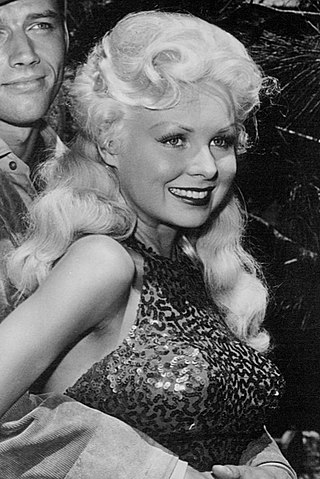
Joi Lansing was an American model, film and television actress, and nightclub singer. She was noted for her pin-up photos and roles in B-movies, as well as a prominent role in the famous opening "tracking shot" in Orson Welles' 1958 crime drama Touch of Evil.
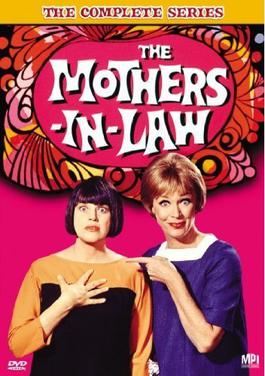
The Mothers-in-Law is an American situation comedy featuring Eve Arden and Kaye Ballard as two women who were friends and next-door neighbors until their children's elopement made them in-laws. The show aired on NBC television from September 1967 to April 1969. Executive produced by Desi Arnaz, the series was created by Bob Carroll, Jr., and Madelyn Davis.
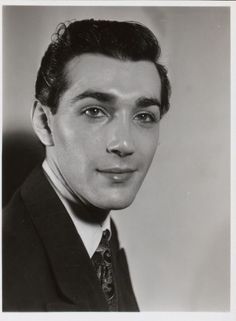
Rick Jason was an American actor, born in New York City, and most remembered for starring in the ABC television drama Combat! (1962–1967).

The Lucy–Desi Comedy Hour is a collection of thirteen black-and-white one-hour specials airing occasionally from 1957 to 1960. The first five were shown as specials during the 1957–58 television season. The remaining eight were originally shown as part of Westinghouse Desilu Playhouse. Its original network title was The Ford Lucille Ball-Desi Arnaz Show for the first season, and Westinghouse Desilu Playhouse Presents The Lucille Ball–Desi Arnaz Show for the following seasons. The successor to the classic comedy, I Love Lucy, the programs featured the same cast members: Lucille Ball, Desi Arnaz, Vivian Vance, William Frawley, and Little Ricky. The production schedule avoided the grind of a regular weekly series.
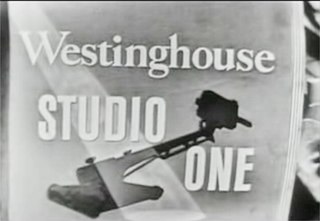
Studio One is an American anthology drama television series that was adapted from a radio series. It was created in 1947 by Canadian director Fletcher Markle, who came to CBS from the CBC. It premiered on November 7, 1948, and ended on September 29, 1958, with a total of 467 episodes over the course of 10 seasons.
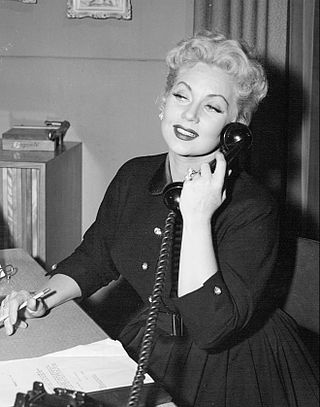
Private Secretary is an American sitcom that aired on CBS from February 1, 1953, to March 17, 1957. Created by Ned Marin, the series stars Ann Sothern as Susan Camille "Susie" MacNamara, devoted secretary to handsome talent agent Peter Sands, played by Don Porter.
Portrait of Gina, or Viva Italia is a 1958 documentary film by Orson Welles. It was funded by ABC TV. Around 30 minutes long, it follows a similar style to The Fountain of Youth (1958) and F for Fake (1973).
Daniel Richard "Dann" Cahn was an American film editor who received the Career Achievement Award from the American Cinema Editors (ACE). Cahn was best known as the head editor of the TV series, I Love Lucy and for his work as the head of post-production of Desilu Playhouse. Cahn would also go on to edit several more movies and TV series such as The Beverly Hillbillies. Cahn worked with Orson Welles, Russ Meyer and others.
Colgate Theatre is a 30-minute dramatic television anthology series telecast on NBC during 1949, returning during 1958, for a total of 50 episodes in two different formats.

Westinghouse Desilu Playhouse is an American television anthology series produced by Desilu Productions. The show ran on the Columbia Broadcasting System between 1958 and 1960. Three of its 48 episodes served as pilots for the 1950s television series The Twilight Zone and The Untouchables.
Claudio Guzmán was a Chilean-American television director, producer, art director, and production designer.

Daniel Malloy Tobin was an American supporting actor on the stage, in films and on television. He generally played gentle, urbane, rather fussy, sometimes obsequious and shifty characters, often with a concealed edge of malice.

Lucille Désirée Ball was an American actress and comedienne. She was nominated for 13 Primetime Emmy Awards, winning five times, and was the recipient of several other accolades, such as the Golden Globe Cecil B. DeMille Award and two stars on the Hollywood Walk of Fame. She earned many honors, including the Women in Film Crystal Award, an induction into the Television Hall of Fame, a Kennedy Center Honor, and the Governors Award from the Academy of Television Arts & Sciences.














